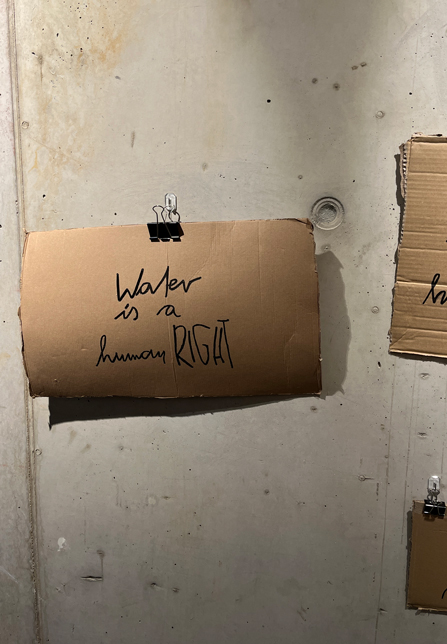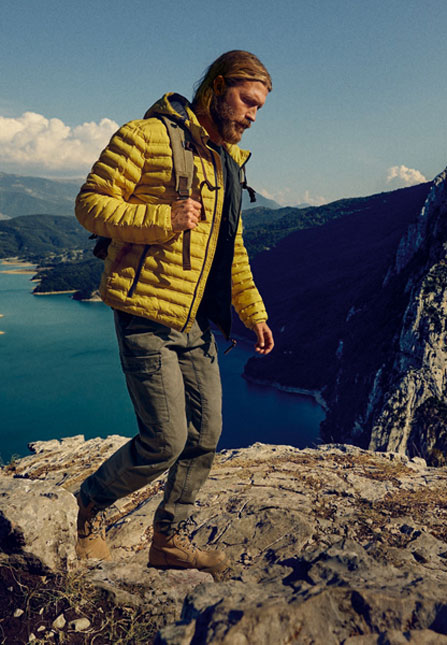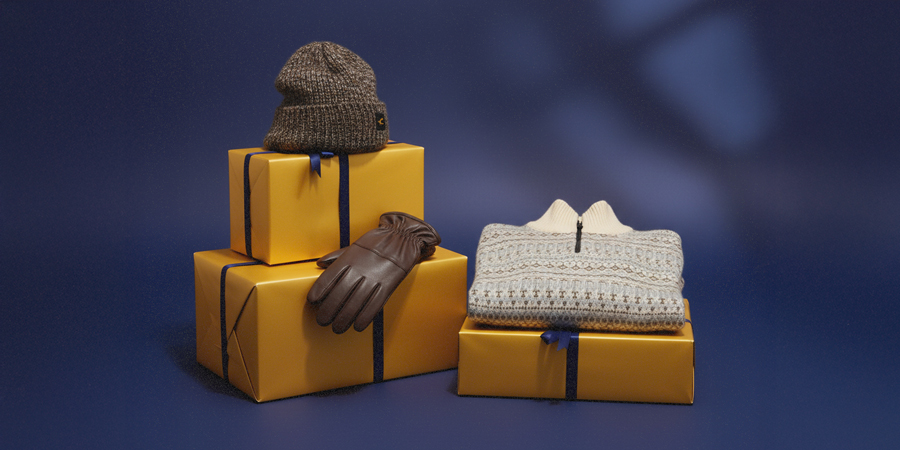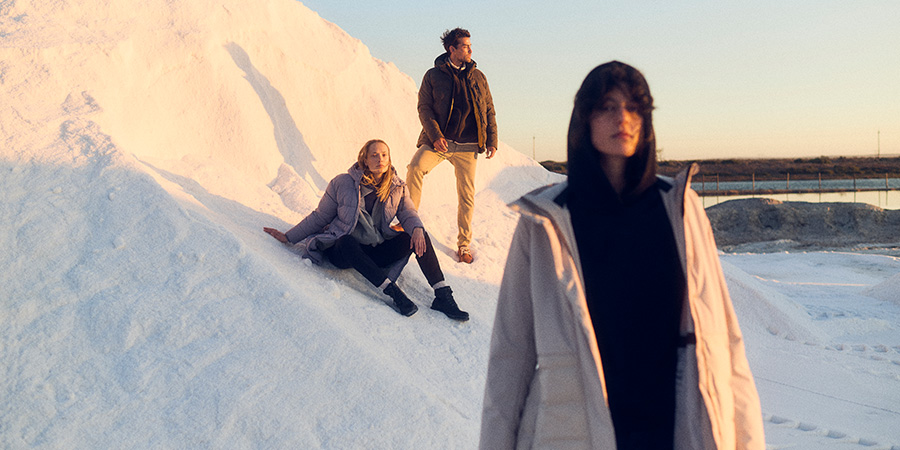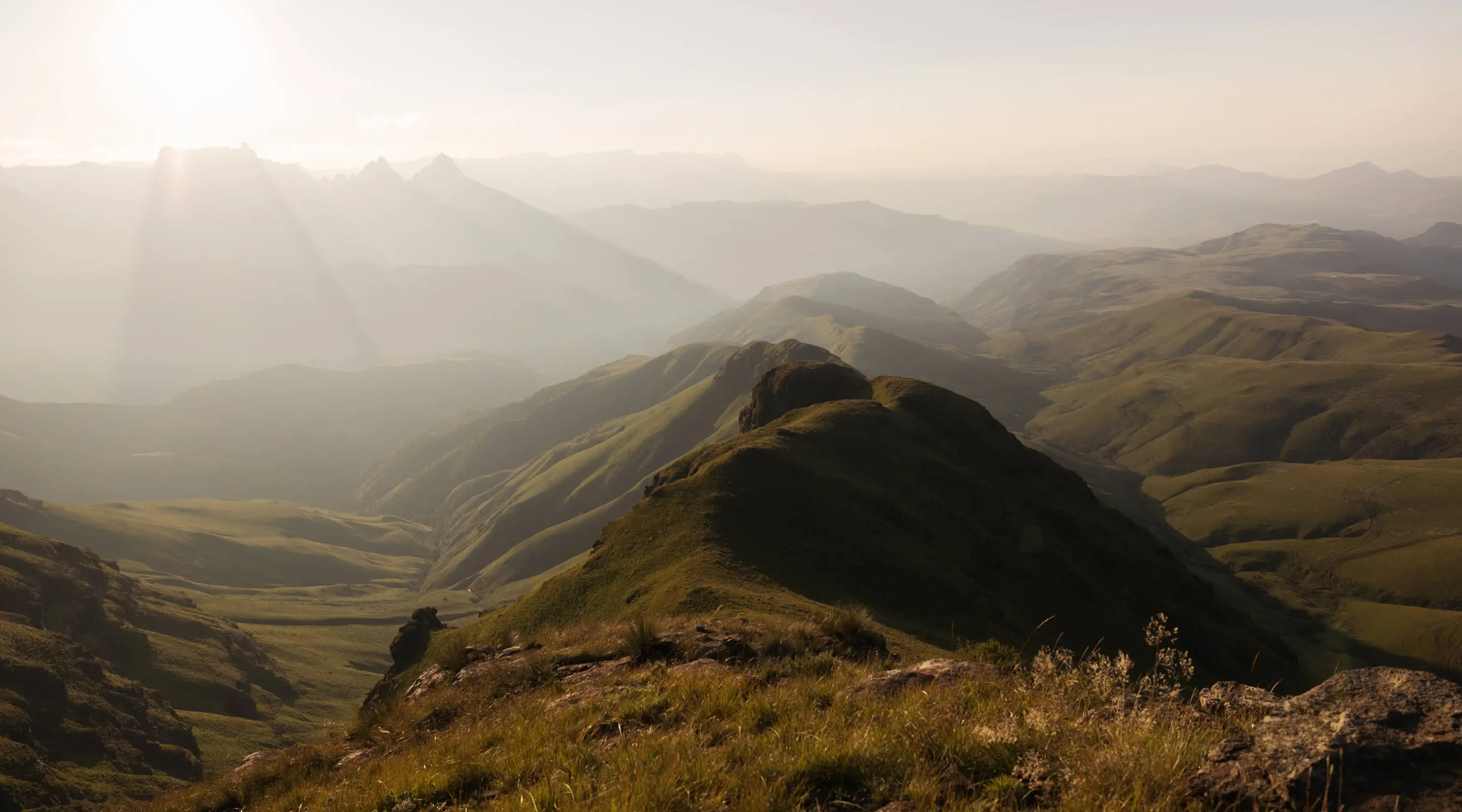DO'S AND DON'TS IN NATURE
Just get out, recharge your batteries, enjoy the fresh air, discover something new - nature is an important place for us humans to forget everyday stress and to gather positive experiences. We are firmly connected to it and to ensure that it always remains with us, it is important to treat it with respect. After all, we are not alone, but share the space with plants and wildlife. We can give something back to nature by being mindful of it and following simple rules.
So what is the right way to behave in nature? What are the essential things to keep in mind to protect nature?
Here are our six do's and don'ts:
1. STAY ON THE PATH IN NATURE:
Am I allowed to walk off the path in the forest?
To start with: you can hike, walk or jog in nature wherever it is not explicitly prohibited - e.g. by barriers or signs. In nature reserves, however, leaving the marked paths is generally prohibited. By the way, this also applies to paddling on rivers and lakes: resting zones and breeding grounds for birds are often demarcated there. But even where it is permitted to leave the paths, we should always remember to leave nature its space. Especially in small urban forests, animals often have few opportunities to retreat and the patch of green is their only remaining habitat. And also under the leaf cover on the forest floor a lot of living creatures, fungi or plant seedlings.
Our tip: Only follow marked trails, even if they are uneven or muddy, for example. They are marked as hiking trails to protect nature. It is important to give nature as much space as possible so that it can develop without interference.

2. PROTECT NATURE AND TAKE AWAY THE RUBBISH:
Are banana peels simply allowed to be disposed of in nature?
In general, waste or rubbish needs to be disposed of, but not in nature! Use rubbish bins if available or keep it with you until you can dispose of it properly. It is not only about the fact that rubbish looks unsightly, but the animals and plants that need to be protected.
Many foods are naturally blessed with "packaging". Bananas, oranges or tangerines, for example, can simply be packed into a backpack. What many people don't know is that even if they eventually rot, the peels of these fruits must not be disposed of in nature.
The tropical-warm home of these fruits is teeming with microorganisms. These microorganisms would immediately decompose the fruit and use it as a nutrient for nature. In our latitudes - with cooler temperatures and far fewer microorganisms - it would take many years for a banana peel to completely decompose into humus in the forest soil.
In addition, handkerchiefs or other foodstuffs such as leftover sandwiches or chewing gum do not belong in nature.
3. LEAVE PLANTS IN NATURE:
Am I allowed to pick or dig up flowers to take home?
Picking wildflowers while walking through nature, digging up plants for the garden or stocking up on provisions? It is not forbidden outside of nature reserves, but there are so many exceptions that plants do look most beautiful in their natural environment!
Digging up plants completely, for example to plant a perennial in your own garden, is generally prohibited. Whether you are allowed to pick individual flowers, berries or mushrooms depends on the quantity, for one thing: A hand bunch, i.e. a bunch of flowers that can be held by one hand, is allowed. The same applies to fruit, berries, nuts or mushrooms: small quantities for personal use are allowed. In general, only things that are not protected by nature may be collected or picked. Especially in the case of flowers, there are many species that look very similar.
A popular souvenir from nature are, for example, branches of spring flowers such as willow catkins, witch hazels or snowballs. However, the pollen of these first early bloomers is essential for many insects to survive after a long winter. That is why cutting them down is not allowed in almost all federal states.
So you would have to know all the species and exactly which are common enough not to harm nature in order to be able to pick a bouquet without hesitation. In case of doubt, you are on the safe side if you stick to the following: Leave nature as it is and take a photo and the memory home with you!
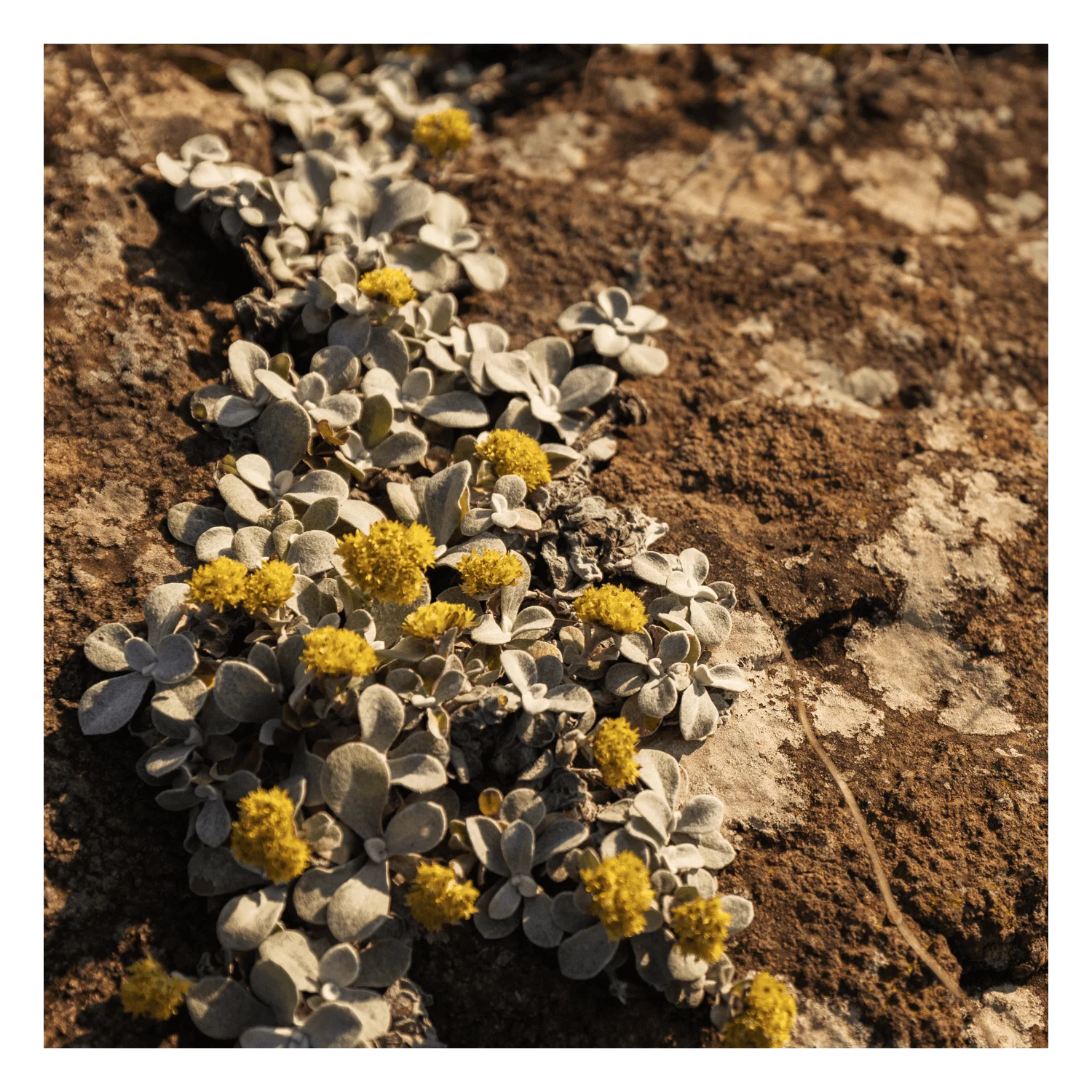
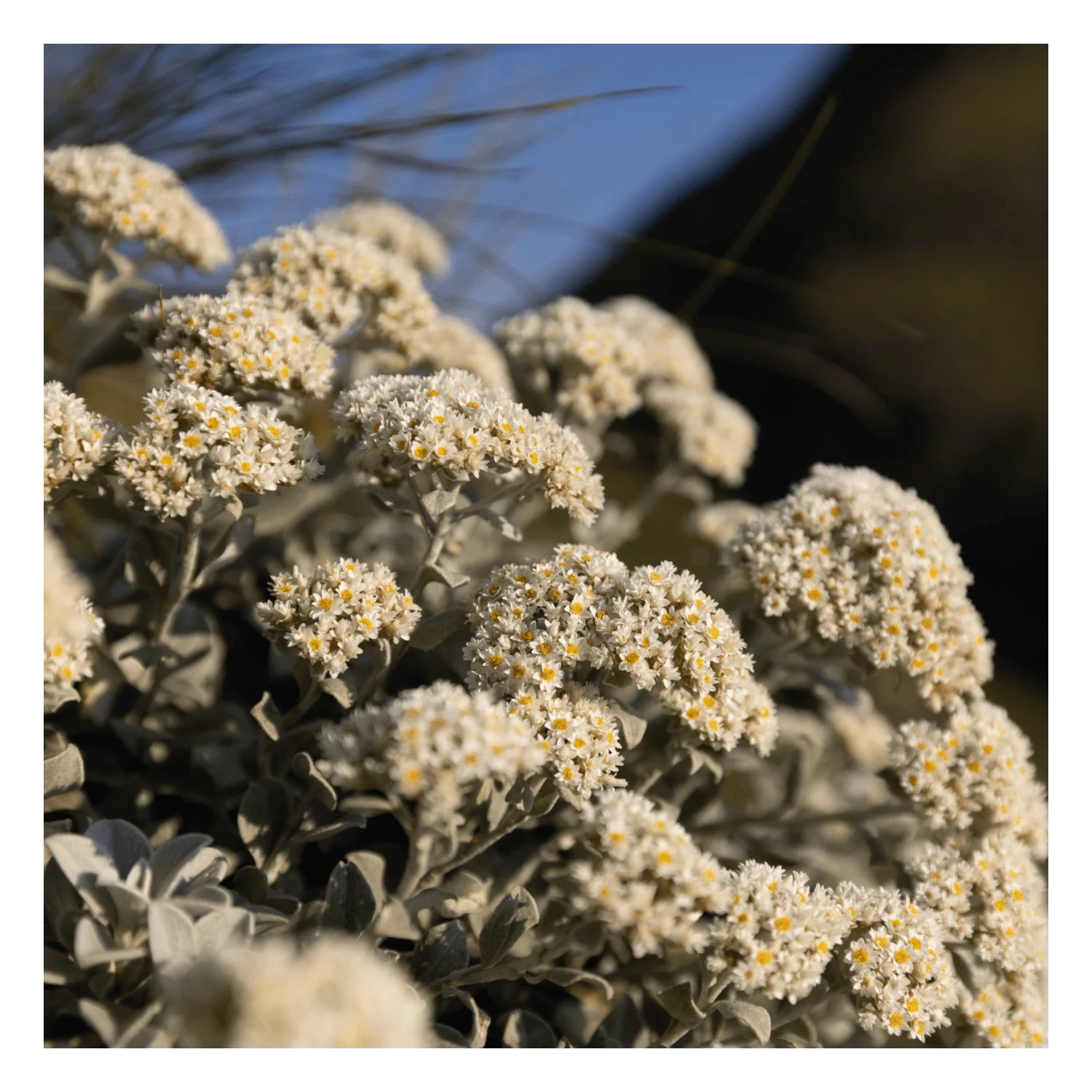
4. PROTECT NATURE AND KEEP YOUR DISTANCE:
Am I allowed to touch or stroke wild animals?
Even though it is exciting to see an animal, you should protect it by keeping your distance, regardless of whether it can be dangerous to you. By themselves, most wild animals are shy anyway and avoid contact with humans. Under no circumstances should you feed or stroke wild animals. This is especially true for young animals, as they could be rejected by their mother if they take on human scent.
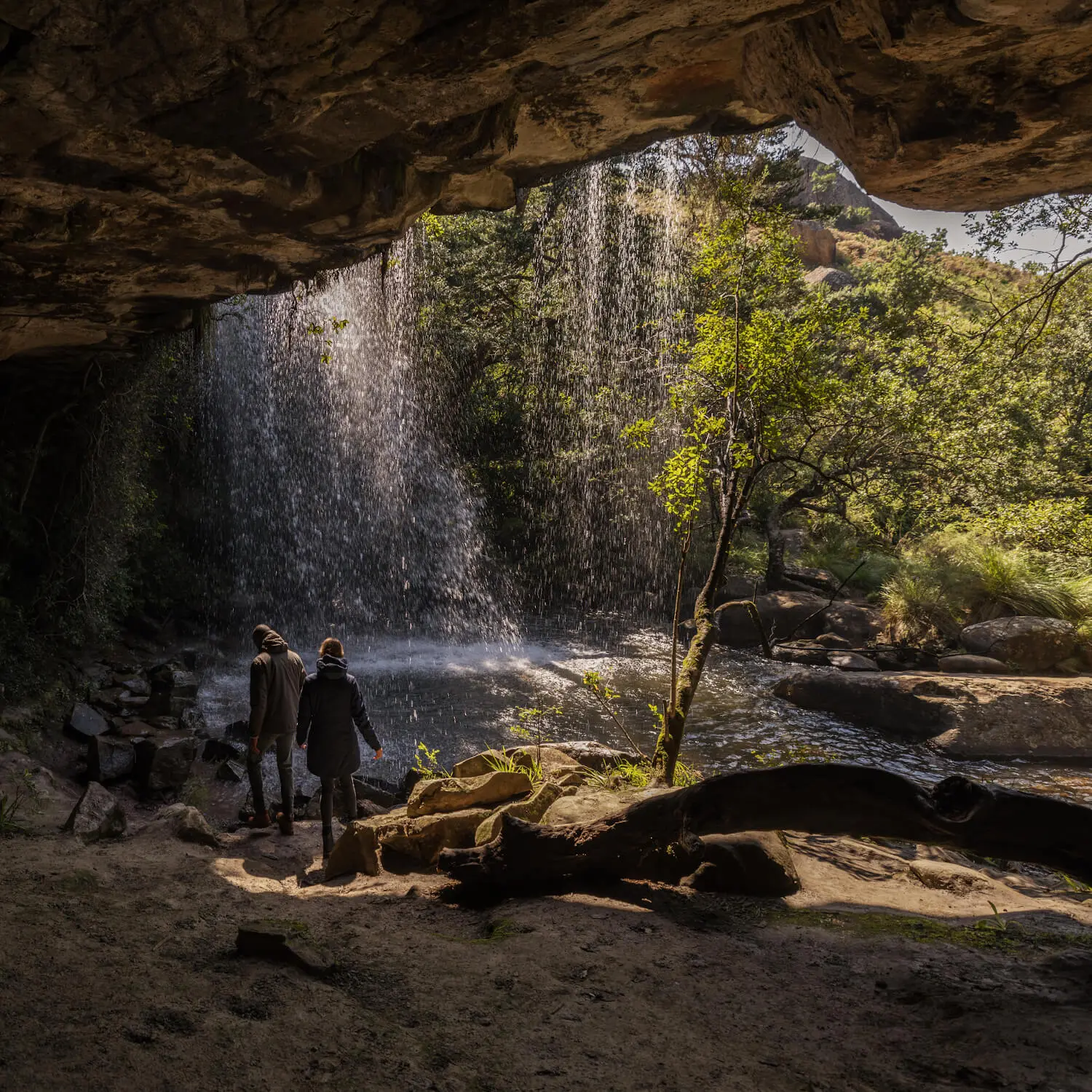
5. TAKE CARE OF YOUR DOGS:
Can I let my dog run free in the forest?
There is no general answer to this question. The simplest rule is the one from the nature reserve, because there the following applies: dogs must always be kept on a leash and are not allowed to leave the marked paths. Also, your dog's waste must always be collected in the nature reserve (but also everywhere else in the public domain). Find out about the regional regulations, as they can vary. But why is it compulsory to keep your dog on a leash in forests at all, since there is plenty of space there and the dog could finally move around freely?
Some birds, such as the robin, nest on the ground. Rabbits and deer also leave their young in hollows between leaves and tall grass while they forage. Even if the dog is only curious and wants to sniff, the young animals are unnecessarily disturbed by this. Finally, a leash requirement also serves the dog's safety. Encounters with wild animals or bumps in the forest floor can lead to injuries. It is best to ensure that nature reserves remain safe for native biodiversity.
6. ENJOY THE PEACE AN QUIET IN NATURE:
Am I allowed to listen to music in the forest?
Music is always on in the forest! An ensemble of rustling leaves in the wind, varied birdsong and sometimes even the lapping of water plays for visitors. Human noise or loud music have no place in this environment.
For us, the forest is a place of peace and recreation, for wild animals it is their home and a place of undisturbed communication.
Many forest animals have exceptionally good ears and can perceive conspecifics over great distances. That is why the music box should definitely stay at home during the canoe trip. If you still want to listen to your favourite song or a podcast while walking in the forest, you can use headphones.
PROTECTING NATURE CAN BE SO SIMPLE
Those who follow these do's & don'ts are guaranteed to live in a happy relationship with nature, thus demonstrating: In times when the environment has to become a high priority, taking a step towards more sustainability can be so easy! #MAKEANACTIVECHANGE


